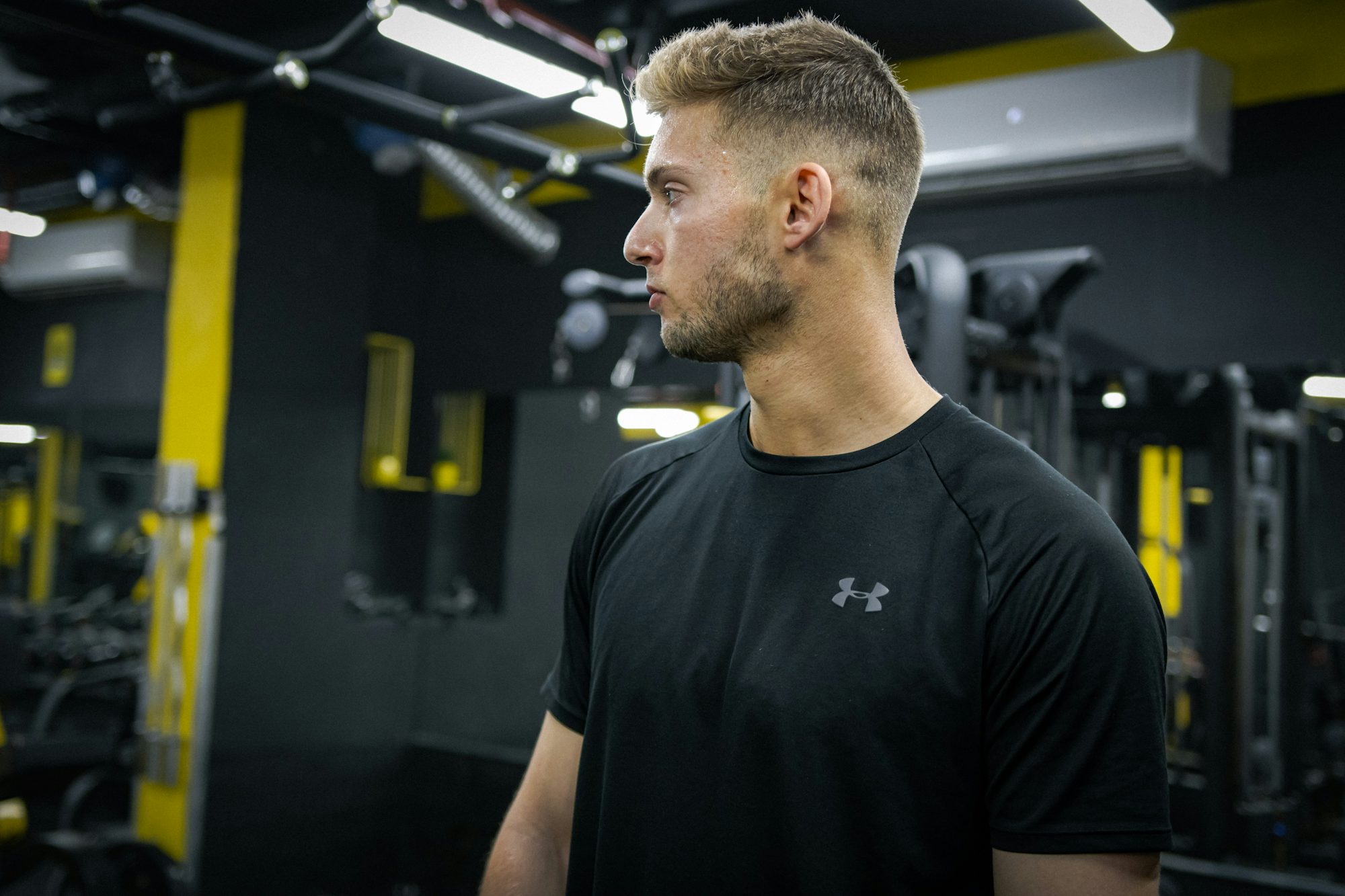At its core, functional training focuses on exercises that engage multiple muscle groups and promote movement patterns used in daily life. By emphasizing stability, balance, and coordination, functional training prepares individuals for real-world activities, such as lifting, bending, and climbing. This holistic approach not only improves strength but also enhances flexibility and endurance, making it an effective choice for individuals of all fitness levels.
One of the primary benefits of functional training is its ability to improve overall strength and stability. Traditional strength training often isolates muscles, leading to strength gains that may not translate to everyday movements. In contrast, functional training exercises, such as squats, lunges, and kettlebell swings, engage multiple muscle groups simultaneously, building functional strength that can be applied to daily tasks. For example, a squat not only strengthens the legs but also engages the core and promotes balance, making it easier to perform activities like picking up groceries or playing with children.
Additionally, functional training is particularly beneficial for enhancing balance and coordination. Many functional exercises require the body to stabilize itself while performing movements, which helps improve proprioception—the awareness of body position in space. This increased awareness can lead to better balance and reduced risk of falls, particularly for older adults. Incorporating balance-focused exercises, such as single-leg deadlifts or stability ball work, can significantly enhance one’s ability to navigate everyday environments safely.
Another key aspect of functional training is its focus on injury prevention. By strengthening the muscles, ligaments, and tendons involved in everyday movements, individuals can reduce their risk of injuries during physical activities. Functional training promotes balanced strength development, which helps prevent muscle imbalances that can lead to overuse injuries. For example, a strong core is essential for supporting the spine during various movements, and functional exercises that engage the core can contribute to better posture and spinal alignment.
Moreover, functional training can enhance athletic performance. Athletes benefit from functional training as it improves their ability to execute sport-specific movements more efficiently. Whether it's sprinting, jumping, or changing direction, functional exercises can help athletes develop the strength and agility required for their respective sports. Incorporating functional training into an athlete’s regimen can lead to improved performance on the field or court, translating to better results during competitions.
The adaptability of functional training makes it accessible to individuals at all fitness levels. Whether you are a beginner, an intermediate, or an advanced athlete, functional training can be tailored to meet your needs. Beginners can start with basic movements that focus on form and technique, while more experienced individuals can incorporate weights, resistance bands, or advanced variations to increase the intensity. This versatility ensures that everyone can reap the benefits of functional training, regardless of their starting point.
Incorporating functional training into your fitness routine can be straightforward. Many gyms offer group classes focused on functional movements, providing an engaging and supportive environment for participants. These classes often include a mix of bodyweight exercises, resistance training, and cardio, creating a well-rounded workout that addresses multiple fitness components. Additionally, personal trainers can design individualized programs that focus on functional movements tailored to specific goals, such as weight loss, muscle gain, or improved athletic performance.
For those who prefer to work out at home, functional training can easily be adapted to suit a home environment. Bodyweight exercises, such as push-ups, squats, and planks, require minimal equipment and can be performed in small spaces. Utilizing everyday items like chairs, stairs, or even water bottles can add variety and resistance to your functional workouts. Online platforms and fitness apps also provide a plethora of resources, including guided functional training workouts, allowing individuals to stay active and engaged from the comfort of their homes.
As you explore functional training, consider setting specific goals to enhance your progress. Whether your aim is to improve strength, increase flexibility, or enhance athletic performance, having clear objectives can help guide your training sessions. Additionally, tracking your progress through regular assessments can provide motivation and highlight improvements over time.
In conclusion, functional training represents a dynamic and effective approach to fitness that prioritizes real-world movements and overall physical performance. By focusing on exercises that enhance strength, stability, balance, and coordination, individuals can improve their ability to navigate everyday activities while reducing the risk of injury. The accessibility and adaptability of functional training make it suitable for everyone, regardless of fitness level. Whether through group classes, personal training, or home workouts, embracing functional training can lead to a healthier, more active lifestyle. So, step into the world of functional training and discover the transformative impact it can have on your fitness journey.
